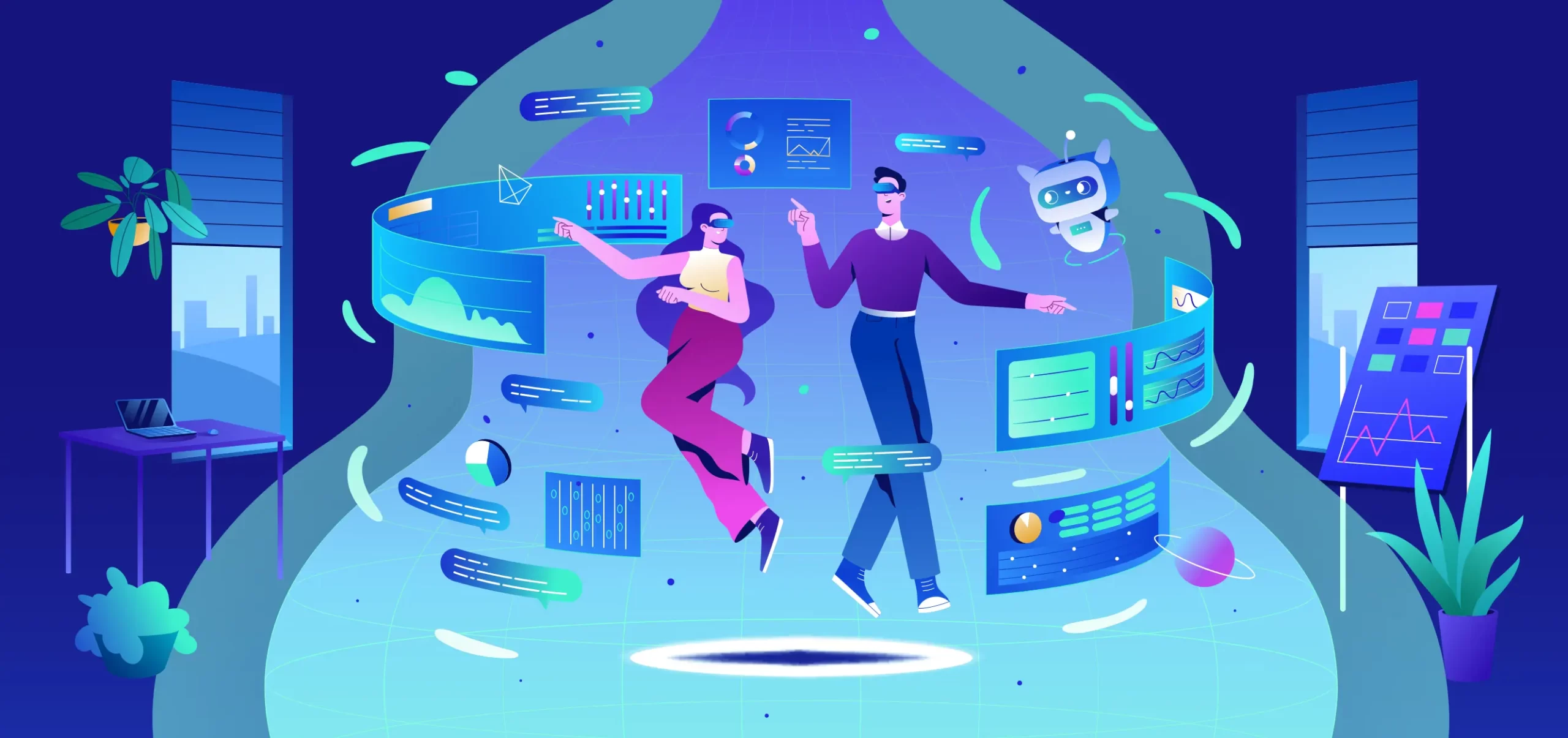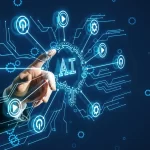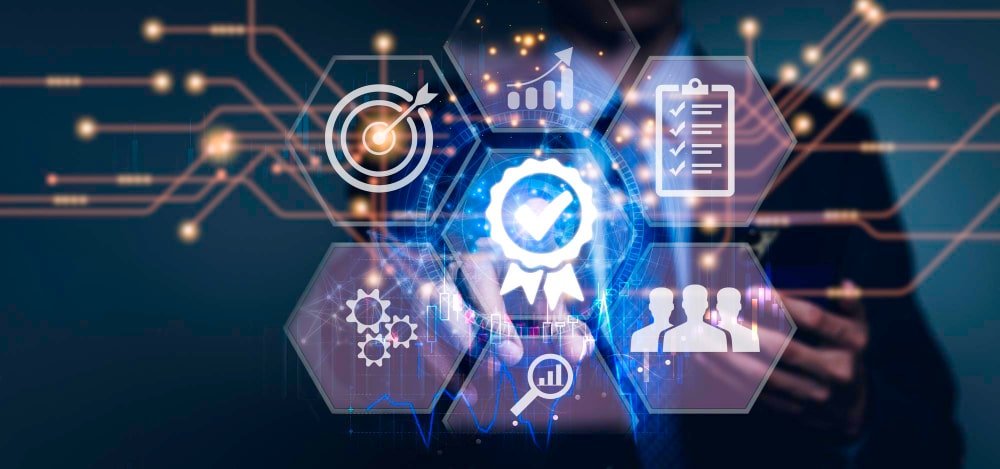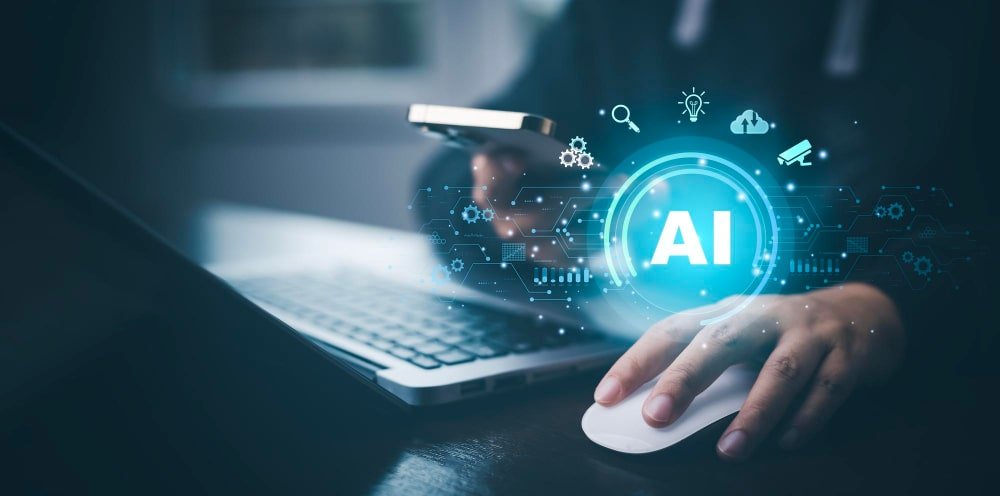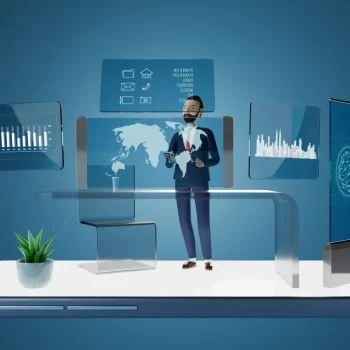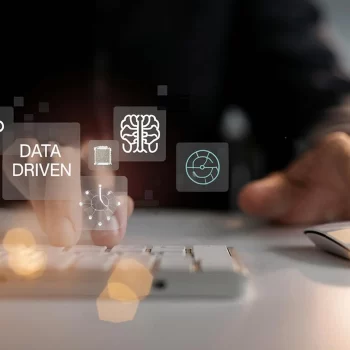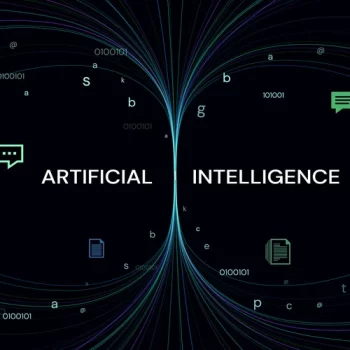IT administrators shoulder numerous responsibilities to ensure the smooth operation of technology infrastructures. These include managing networks, data security, and system updates. However, the complexity of modern IT environments often overwhelms these tasks due to the sheer volume of work, presenting a huge challenge. Gen-AI offers a transformative solution by streamlining these processes and significantly reducing the administrative burden.
One of the major pain points for IT administrators is managing the high volume of support tickets that can bog down efficiency. Also, continuous system monitoring and adherence to strict IT policies add layers of complexity to their roles. Each of these tasks requires a lot of time and attention, making the overall management of IT resources more demanding.
Related blog: How IT admins can use Gen AI to manage IT service requests
Gen-AI: a game-changer for IT admins
Gen-AI offers advanced capabilities, including natural language processing and machine learning, which are transforming the operational dynamics for IT administrators. Today, Gen-AI systems in IT operations utilize natural language processing to comprehend and respond to queries, and machine learning to adapt and enhance from interactions and data input.
It empowers IT admins to execute a wide range of tasks, from automated responses to system analyses. Some of the ways that Gen-AI eases IT administration include:
Routine task automation
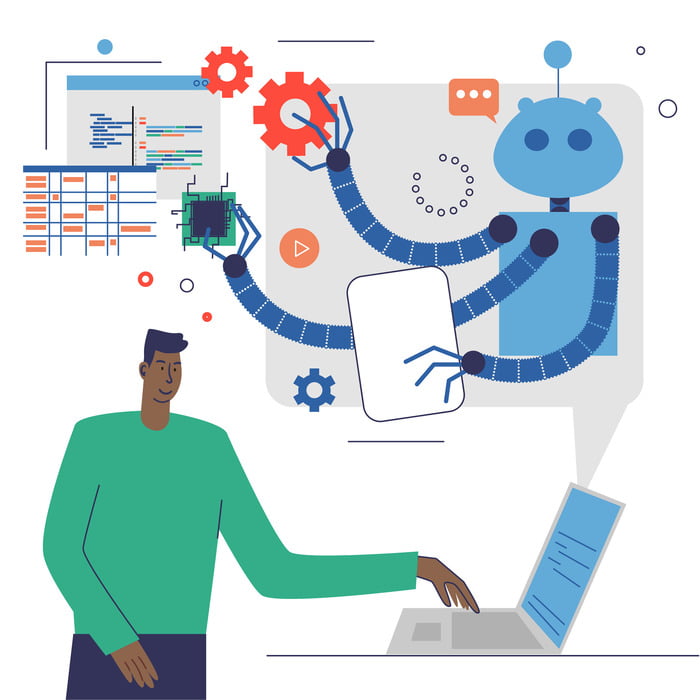
Gen-AI agents automate the repetitive tasks that consume much of an IT administrator’s day. Therefore, by managing routine inquiries and resolving common technical issues, these agents free up IT professionals to focus on more critical tasks. For instance, AI can autonomously handle requests for password resets and provide step-by-step guidance for system navigation, thus reducing the workload on human staff.
Predictive maintenance and system monitoring
Gen-AI uses predictive analytics to anticipate potential system failures and automatically schedules maintenance to prevent service interruptions. The proactive approach helps maintain uninterrupted operations and addresses issues before they escalate, thereby ensuring operational stability.
Automated configuration management
Gen-AI can assist IT administrators by automating the configuration and setup of user accounts and systems. For instance, when a new employee joins, AI can help set up their email accounts, grant appropriate access permissions, and configure the necessary software tools according to predefined templates.
It reduces the manual workload on IT admins and ensures that configurations are consistent and error-free.
Proactive problem resolution
AI can analyze logs and system performance in real time to identify patterns that may unearth issues before they turn into unavoidable problems. For IT administrators, it means they can proactively address issues like network bottlenecks, storage capacity limits, or application performance degradation without waiting for users to report them.
Such a proactive approach improves system reliability and enhances user satisfaction by reducing downtimes and performance issues.
Streamlined patch management
Gen-AI can streamline the patch management process by automatically identifying which systems need updates and applying these patches during off-peak hours to minimize disruption. Moreover, AI can prioritize patching based on the severity of security vulnerabilities and the criticality of systems.
It ensures that IT admins can focus on other urgent tasks without compromising security or performance.
Chatbot assistance for internal support
IT administrators can deploy AI-driven chatbots to handle routine inquiries from other employees within the organization. These chatbots can provide instant responses to common IT-related questions, such as troubleshooting connectivity issues, guiding through software installations, or resetting passwords.
It frees up IT administrators from repetitive query responses while accelerating resolution times, enhancing productivity across the company.
Network optimization and traffic analysis
Gen-AI can analyze network traffic in real time to optimize bandwidth and prevent bottlenecks. By understanding traffic patterns and predicting high-demand periods, AI tools can dynamically adjust network settings or suggest changes to IT administrators.
It helps ensure optimal network performance and reliability, which is crucial for maintaining business operations and reducing the risk of network downtime.
Automated backup and disaster recovery
AI can enhance an IT administrator’s ability to manage backups and execute disaster recovery plans. By automating the scheduling and execution of data backups across various storage solutions, Gen-AI ensures that all critical data is securely backed up at optimal intervals.
Also, in case of system failure, AI can help orchestrate quick recovery by determining the most recent and relevant backups to restore, thereby minimizing downtime and data loss.
Intelligent alerting systems
Gen-AI can refine how IT administrators receive and respond to system alerts. By analyzing past data and learning from the IT environment’s operational nuances, AI can prioritize alerts based on urgency and potential impact. Hence, IT admins can focus on the most critical issues first, reducing the noise from less critical notifications.
Plus, AI can suggest likely solutions to the alerts based on historical data and patterns, helping them resolve issues more quickly.
Advanced threat detection and response
Gen-AI harnesses machine learning models trained on vast datasets of security incidents. It can detect patterns such as unusual network traffic, suspicious file activities, or abnormal user behavior. Once a potential threat is detected, the AI system can automatically initiate predefined security protocols, such as isolating affected systems, blocking suspicious IP addresses, or alerting the right team.
Related blog: Why IT admins and Gen AI need to work together
